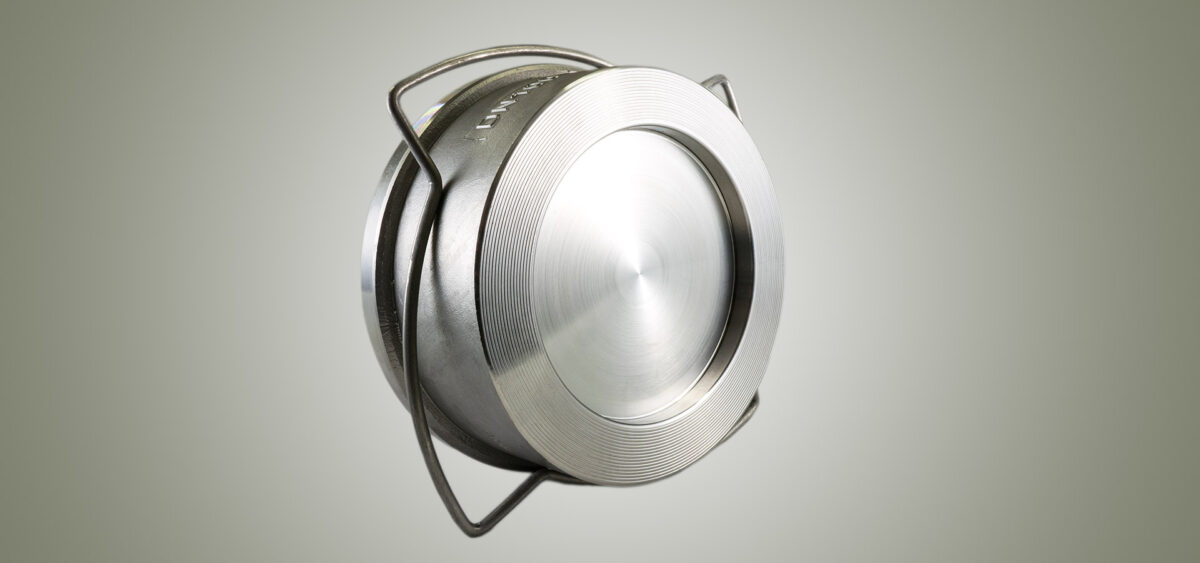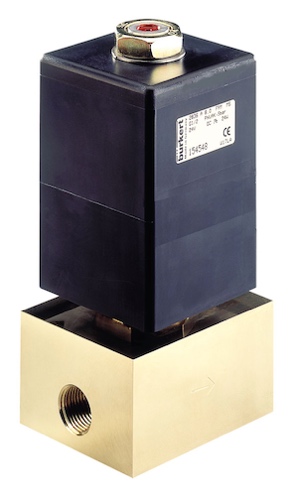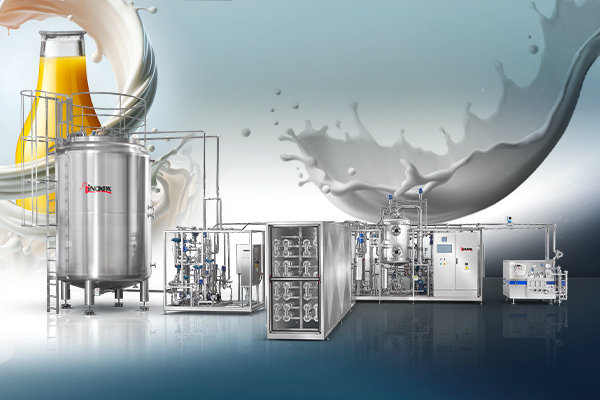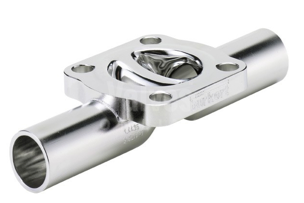
Will a non-return valve stop water hammer?
Non-return valves are designed to prevent the backflow of water upstream, using a mechanism that automatically shuts off access if the flow turns and moves in the wrong direction. Check valves and non-return valves are designed to do this, a critical function in many processing plants where the non-return valve is either protecting upstream equipment from bi-directional flow or is preventing contamination upstream of the valve. But what about the potential risks created by a non-return valve? We find out whether a non-return valve will stop water hammer, as well as what water hammer is and how it is caused.
What is water hammer?
Like any other moving mass, flowing water has momentum. When a sudden change in flow occurs, shock waves are generated and spread through the system. These shock waves and their effect on the equipment within a piping system containing fluid is called ‘water hammer’. These flow changes are usually caused by the operation of valves, and the stopping and starting of pumps. When these sudden changes in flow occur, the energy within the flowing water is suddenly transformed into pressure at that location. This excess pressure is known as surge pressure and is greater with large changes in velocity.
Water hammer is usually caused in high-pressure water systems when a fast-acting valve suddenly stops the water moving through the pipes and sets up a shock wave through the water, causing the pipes to vibrate and ‘shudder’. Water hammer will be made worse by having worn valves and pipework inadequately supported.
Why is it important to stop water hammer from occurring?
Recurring cases of water hammer can cause serious damage to pipes, joints, gaskets and other components in the system such as gauges or flow meters. At the point of impact, these pressure spikes can easily exceed the working pressure of the system up to a factor of ten times. This can place a tremendous amount of stress on the system resulting in joint leaks, fractures in pipe walls and deformation of physical supports. It can be extremely expensive to repair or replace damaged pipeline components and equipment in certain industries, and the cost can grow exponentially if the spill results in an environmental issue. All of which are good reasons as to why it is preferable to stop water hammer from occurring in the first place.
Do non-return valves stop water hammer?
Actually, no. In many cases, non-return valves can be the cause of water hammer due to the impact of a sudden valve closure in the face of a surge of fluid, particularly if you consider, for example, a swing valve, which can slam shut very suddenly. Non-return valves can be fitted with mechanical inhibitors that help reduce the effect but this would generally include either a pressure relief valve or a surge tank. A compromise is to use a check valve with a spring mechanism; these minimise any shock waves caused by water hammer because they close more slowly, having less of an impact on the water surge.
Non-return valves that stop water hammer
INOXPA non-return valve 72700 stocked by BM Engineering is designed specifically to prevent both loss of pump prime and water hammer. BM Engineering stock a range of non-return valves and check valves; if you are looking for advice on how to stop water hammer, which would be the most suitable non-return valve for your application or would like to find out more about our range of non-return valves, why not call one of our experts on 0141 762 0567.



